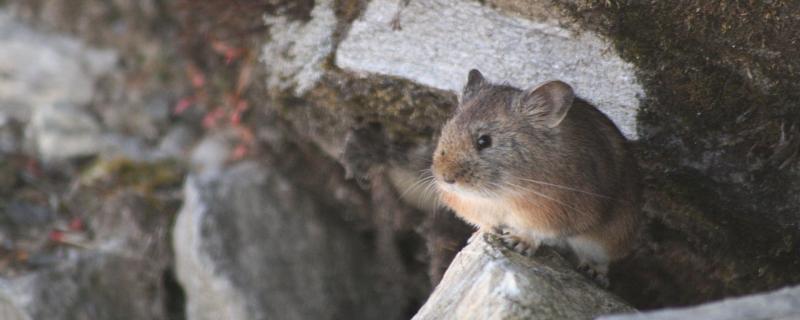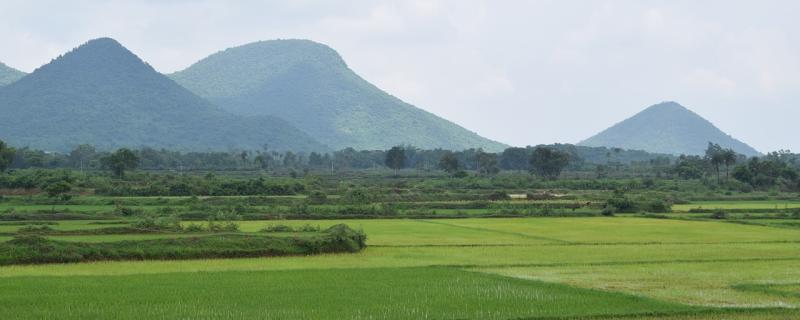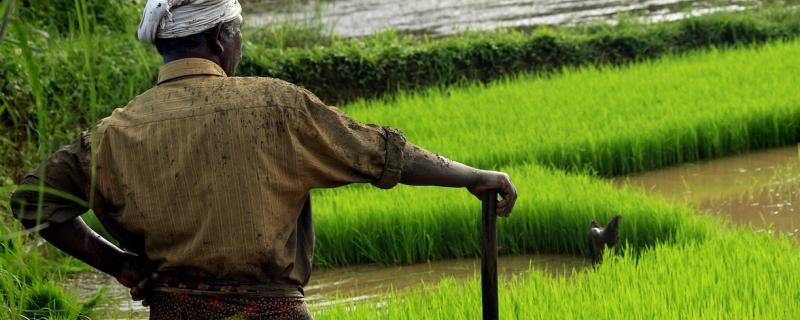Why are apple orchards moving higher up in the Himalayas? This shift is a result of the not-so-cold-anymore winters, says a recent study.
A new review reveals that rising global temperatures, increased pollution, and extreme weather events are driving a global surge in eye diseases, disproportionately affecting vulnerable communities and challenging healthcare systems.
Roorkee/










